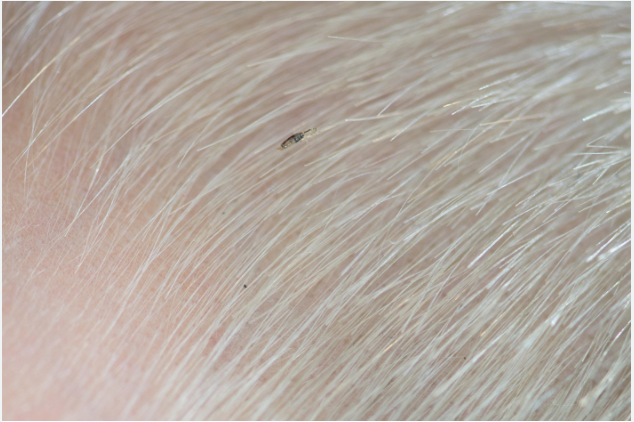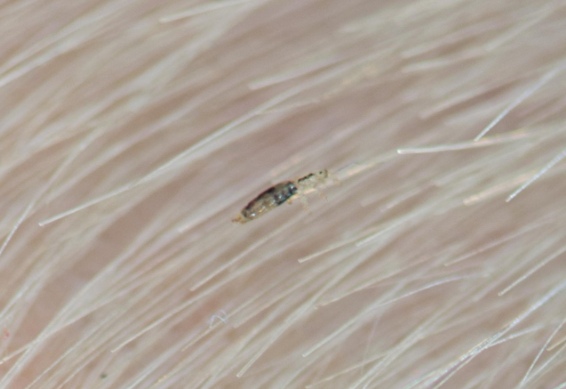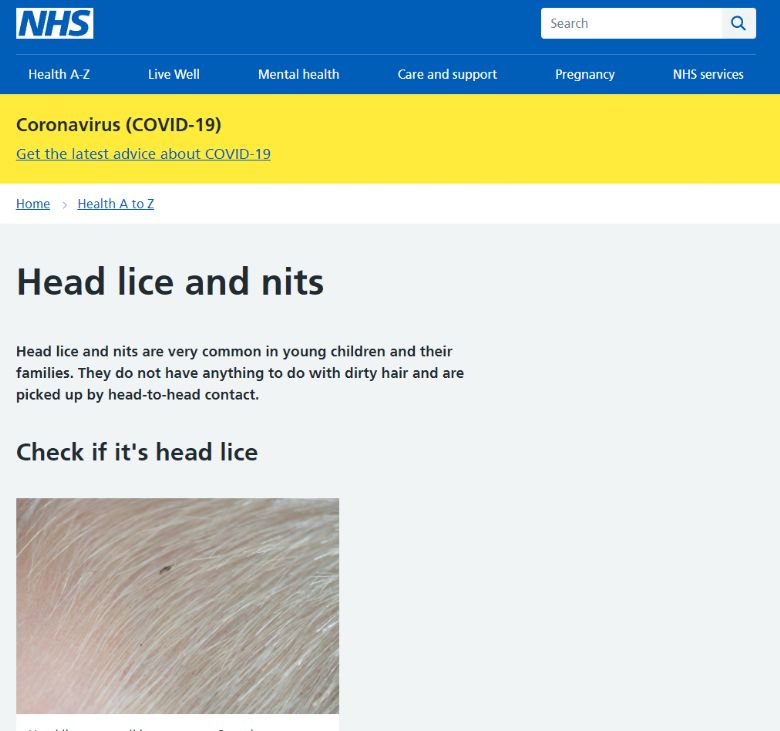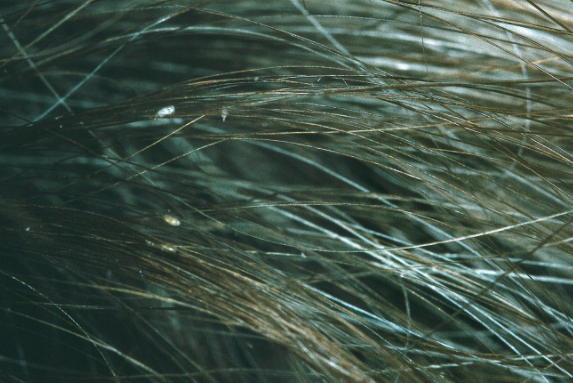Head Lice
Introduction
You could and should treat headlice without visiting a GP. There's nothing you can do to prevent head lice. You can help stop them spreading by wet or dry combing regularly to catch them early. Do not use medicated lotions and sprays to prevent head lice. They can irritate the scalp.
There's no need for children to stay off school or to wash laundry on a hot wash.
Head lice and nits (head lice eggs) are very common in young children and their families. They do not have anything to do with dirty hair and are picked up by head-to-head contact.
Head lice can make your head feel:
- itchy
- like something is moving in your hair
The only way to be sure someone has head lice is by finding live lice.
You can do this by combing their hair with a special fine-toothed comb (detection comb). You can buy these online or at pharmacies.
What is the life cycle of head lice?
Head lice live about 28 days. They develop in 3 phases: egg (also called a nit), nymph, and adult louse.
-
Egg or nit. Eggs or nits hatch in 6 to 9 days. Eggs are usually found within 4 to 6 mm of the scalp and do not survive if they are farther away.
-
Nymph. The nymph looks like an adult head louse but is much smaller (about the size of a pinhead [1.5 mm]). Nymphs become adults about 7 days after hatching.
-
Adult louse. An adult louse can multiply fast and lay up to 10 eggs a day. It takes only about 12 to 14 days for newly hatched eggs to reach adulthood.
This cycle can repeat itself every 3 weeks if head lice are left untreated.
Treatment
Treat head lice as soon as you spot them.
You should check everyone in the house and start treating anyone who has head lice on the same day.
There's no need to keep your child off school if they have head lice.
Wet combing
Lice and nits can be removed by wet combing. You should try this method first.
You can buy a special fine-toothed comb (detection comb) online or from pharmacies to remove head lice and nits.
There may be instructions on the pack, but usually you:
- wash hair with ordinary shampoo
- apply lots of conditioner (any conditioner will do)
- comb the whole head of hair, from the roots to the ends
It usually takes about 10 minutes to comb short hair, and 20 to 30 minutes for long, frizzy or curly hair.
Do wet combing on days 1, 5, 9 and 13 to catch any newly hatched head lice. Check again that everyone's hair is free of lice on day 17.
Medicated lotions and sprays
Ask a pharmacist for advice if you have tried wet combing for 17 days, but your child still has live head lice.
They may recommend using medicated lotions and sprays. These kill head lice in all types of hair, and you can buy them from pharmacies, supermarkets or online.
Head lice should die within a day. Some lotions and sprays come with a comb to remove dead lice and eggs.
Some treatments need to be repeated after a week to kill any newly hatched lice.
Check the pack to see if they're OK for you or your child and how to use them.
If lotions or sprays do not work, speak to a pharmacist about other treatments.
Some treatments are not recommended because they're unlikely to work.
For example:
- products containing permethrin
- head lice "repellents"
- electric combs for head lice
- tree and plant oil treatments, such as tea tree oil, eucalyptus oil and lavender oil herbal remedies
Prevention - Reducing Risk
We recommend that children (girls or boys) with shoulder length hair have their hair tied back. Children with hair longer than shoulder length should either plait their hair or use multiple hair bands. Your full support on this would be greatly appreciated by all other parents, who know only too well what a laborious process checking and treating head lice can be – prevention is infinitely preferable to cure!
Check if it is headlice
Guide |
Image |
NHS GuidanceThis information on this page is based on NHS advice. Click the image opposite or follow this link
|
|
| Head lice are small insects up to 3mm long |  |
| They can be difficult to spot in your hair. |  |
| Head lice eggs (nits) are brown or white (empty shells) and attached to the hair. |
|


